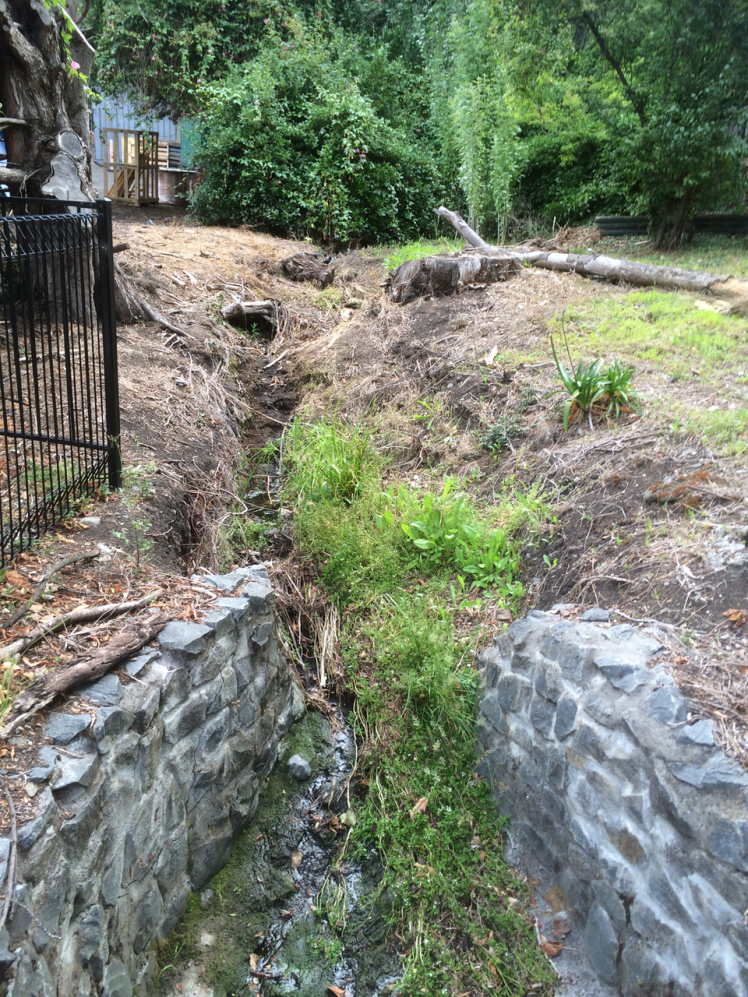Derwent River: Blinking Billy to Hinsby Beach: Part 8
Naming it up
The places I’ve identified have given me the slip so I’m mentally doing circles around High School Point and the beach some call Beck’s, some call Melinga and some call nothing at all to have a little think about the local expression of the human mind.
This is because in misleading myself when it comes to naming, I’m sure I’ve misled you. Perhaps the cartographers, surveyors and the Nomenclature Board have not chatted enough over tea breaks or scheduled sufficient meetings, given that for many years they’ve been part of the same division in the same government agency. This occurred to me because more research this past week indicated one of two things: 1. I’ve misinterpreted local writers’ beach identification or 2. The locals simply cannot agree, are occasionally geographically challenged and at other times are simply not precise enough to help confused readers out. A case in point, Karringal Court is not south of High School Point as one of the authors I read would have it. Whatever, the maps themselves have so very little to say!
Nomenclature, generally, is further complicated because where no formal name exists the Aboriginal community have naming rights. But they are made up of several communities and they don’t all know a place by a single name. Take the Derwent River itself. It has more than one Palawa name. According to a member of the Channel community, their name for the river is unlikely to be formally recognised. I was given this name on a small piece of paper I can no longer find, which is a shame. The name is beautiful.
The second point of difficulty is in negotiating on names with government. I had a chat to someone from the Aboriginal Community when I was at Risdon Cove. They said the government drags its feet. I spoke to someone in government. They said it’s hard to get representatives of the Aboriginal community to the table.
I revisited the foreshore and was pleased to encounter a local who told me he’d been walking these beaches since 1948. An expert, surely!
’Becks, Dixons and Retreat,’ I asked. ‘Can you confirm I’ve got them in the right order?’ He looked at me blankly.
‘I’ve never heard of them,’ he said. ‘The one you’re calling Beck’s I know as Melinga Place Beach. Why would it be called Beck’s anyway?’
I went home. I reopened my books and I clicked through web pages. I rediscovered an article by Reg Escott on the Taroona Book Digitised website, who in his article on Taroona’s boat sheds explains that Taroona has five beaches. Starting at Grange Point, they are:
Retreat Beach [my impression was that he means the whole long strip starting from Grange Beach (not named) and ending at Retreat Cove, the northern beach on ‘High School Point’]
Retreat Cove [the one I thought was Dixons, on the northern section of ‘High School Point’]
Dixons Beach [in front of the high school, south of ‘High School Point’]
Beck’s Beach [Melinga Place beach]
Taroona Crescent Beach [Taroona Beach]
Hinsby Beach.
Have a look for yourself. It’s an interesting read if you’d like to know more about boat sheds (of which there were many more in the past) – or are keen to stumble across a clue or two as to the interesting placement and formations of boulders / rocks around these beaches. They have been moved, post invasion/settlement.
I came to two conclusions.
- Beach identity is (always) in a state of flux along this shoreline. For eg, Beck’s is named for a land owner (and perhaps before that was called Mitchells after an earlier owner bearing that name) but now it’s transitioning to being named for a street. Dixon had a farm somewhere in Taroona.
- We keep messing with the landscape. Had the road not been built down to the shoreline, Beck’s and Dixons (if I’m identifying these correctly) would be one beach.
But, guess what? I probably still don’t have the order right. This morning I revisited the Taroona 1:25 000 map (no 5224) and this is the nomenclature that’s listed, north to south:
The Grange Picnic Area (at Cartwright Point! Go figure.)
Cartwright Creek
Cartwright Point
Dixons Reef (in the region of Karringal Court)
Dixons Beach (which I’d figured was Retreat Cove – see above)
High School – the site indicated but the point not named
Crayfish Point
Taroona Beach
Alum Cliffs
That’s pretty meagre and laxadaisical, if you ask me, given this map is supposed to be authoritative. What’s more, The Listmap, supposedly the most current source, given that it’s online, has even less information! And so I’m giving up. Here, in this city of 250,000 people more or less, we know and care so little about the coastline we haven’t named it up. The alternative view is that the coastline rejects our spurious naming methodology, if it can even be called that. Why name something so grand and long enduring after unexceptional land owners? Why name it’s spots but not it’s freckles?
I like the view of the coastline slipping free of its transient names, even though names would be so helpful when you want to text your lift your whereabouts. May it stay wild and secret in the city forever. And perhaps Andrew Short who numbers the beaches, and my friend, who is fine with degrees of latitude and longitude but not with names have a point because if we’re not in a relationship with the coast, and we don’t value it, then it’s nothing but a nameless stranger to us after all.

Apart from the links above, see the Place Names Tasmania database. Here’s the official document on the rules with regard to assigning Tasmanian place names.




